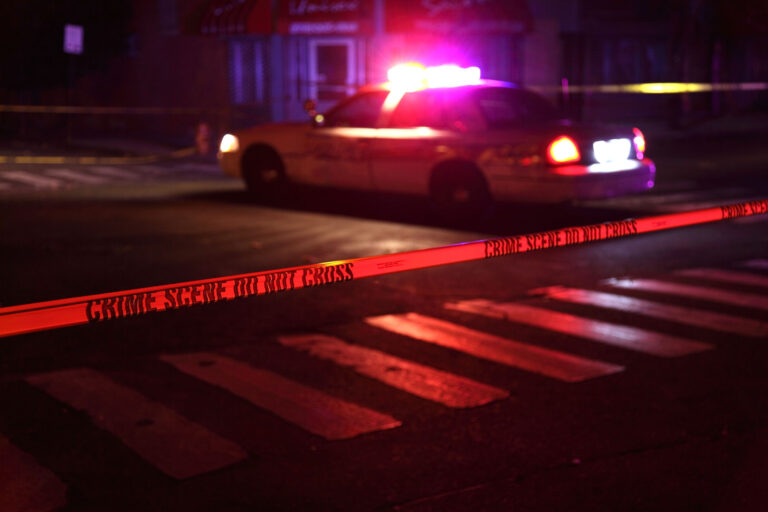Magnus Lofstrom, policy director in criminal justice and a senior fellow at PPIC, provided insights from research at Congressman Mark DeSaulnier’s town hall, held on Wednesday June 29, 2022, on Contra Costa County’s progress in reducing crime and the work ahead to end gun violence.
Here are his prepared remarks.
California has been on the forefront of criminal justice reforms aimed at reducing reliance on incarceration. These efforts, and the pandemic, have notably reduced county jail and state prison populations. At the same time, we’ve seen a troubling recent increase in some violent crimes, particularly homicide, in California and the nation. Some have pointed to criminal justice reforms as a possible contributing factor to increases in crime. Here, I will look at what research to date has found about the consequences of reform and the pattern of long-term crime trends in California and Contra Costa County.
Prompted by a 2009 federal court order to reduce overcrowding in state prisons (due to the lack of adequate medical and mental health care), California embarked on a number of significant criminal justice reforms. These included realignment (2011), Proposition 47 (2014), and Proposition 57 (2016). While these reforms differ in their design, they share a goal of finding safe alternatives to incarceration.
Combined with other efforts, these reforms resulted in a drop in the state’s jail and prison population from a peak of about 257,000 in 2007 to 192,000 in January 2020, a reduction of 25%. Further reductions related to the pandemic brought the incarcerated population down to 158,000 by December 2021. In other words, over the last 15 years California’s jail and prison populations have dropped by roughly 38%.
Research assessing the impacts of two key reforms—realignment and Prop 47—has not found any evidence linking them to increases in violent crime. However, some upturns in property crime do appear to be related to these reforms. An estimated 17% increase in auto thefts in 2012 is linked to realignment, while larceny went up by 9% in the immediate wake of Prop 47, with three-quarters of the increase caused by a jump in car break-ins.
Importantly, these represent short-term impacts as the findings are focused only on the first few years after implementation. Long-run impacts are very challenging to determine, and to the best of my knowledge, no one has used post-2016 crime data to assess either realignment’s or Prop 47’s potential impact on crime. It is extremely challenging to separately identify any reform’s possible impact from any other factor in one of the most dynamic and challenging periods this state has experienced.
As a recent PPIC survey finds, concerns about crime have gone up across the state during the pandemic. A closer look at crime trends provides a complex picture, with long-term decreases in most crimes but recent steep increases in some.
Crime data for Contra Costa County show that in 2020, both violent and property crime rates were at their lowest level since 1985. Contra Costa’s violent crime rate, like that of the state, has been trending down since the early 1990s and remains below that of the state and neighboring large counties such as Alameda and San Francisco. Violent crime in Contra Costa dropped from a peak of 864 violent crimes per 100,000 residents in 1992 to 332 in 2020, a drop of 62%, roughly in line with the statewide decrease.
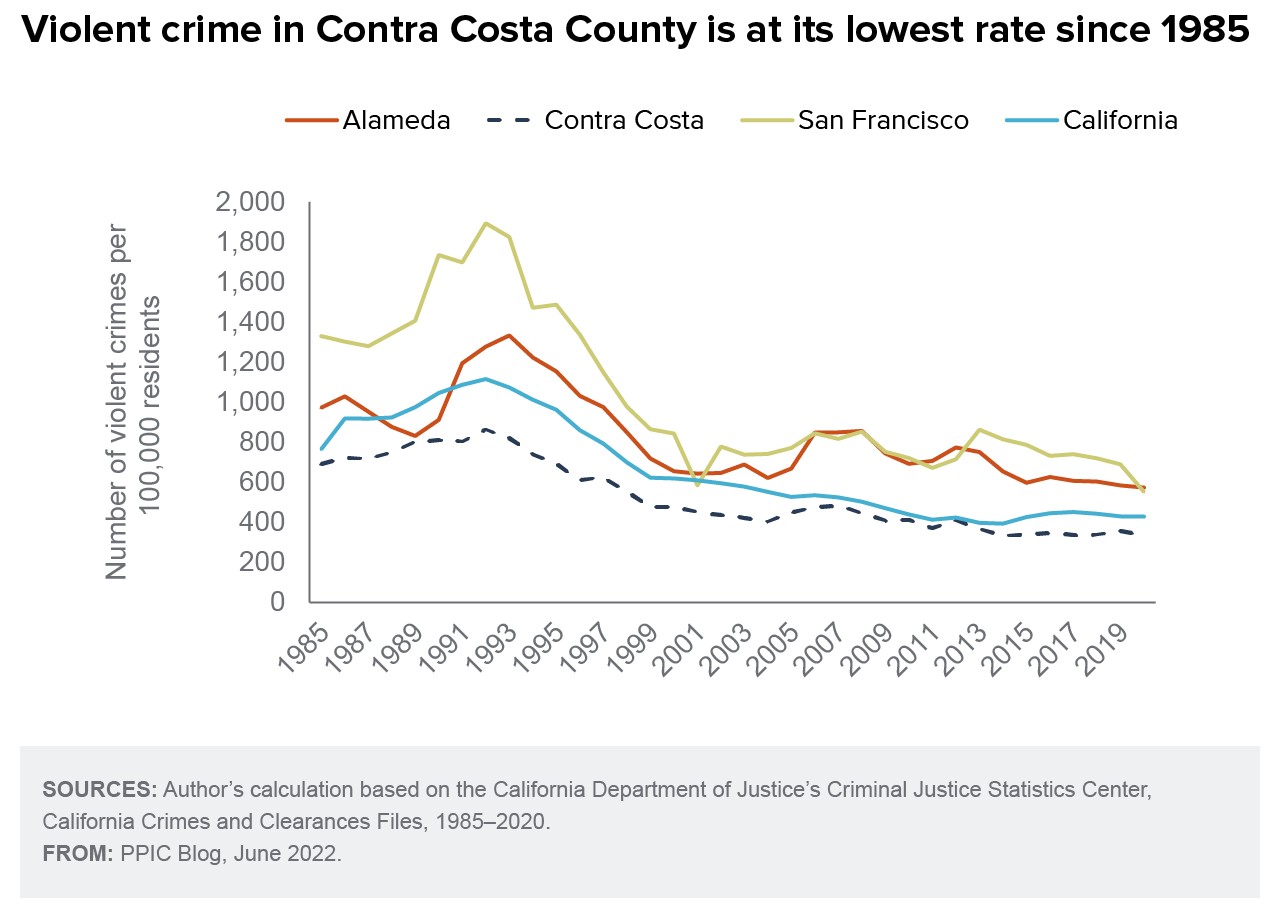
Contra Costa’s property crime rate is below Alameda’s and San Francisco’s, and for the first time since 1996, dropped slightly below the statewide rate in 2020. That same year, both California and Contra Costa experienced their lowest property crime rate since at least 1985, dropping statewide and in Contra Costa from slightly below 6,000 reported property crimes per 100,000 residents in the mid-1980s to slightly above 2,000 in 2020, representing a decrease of about 65%.
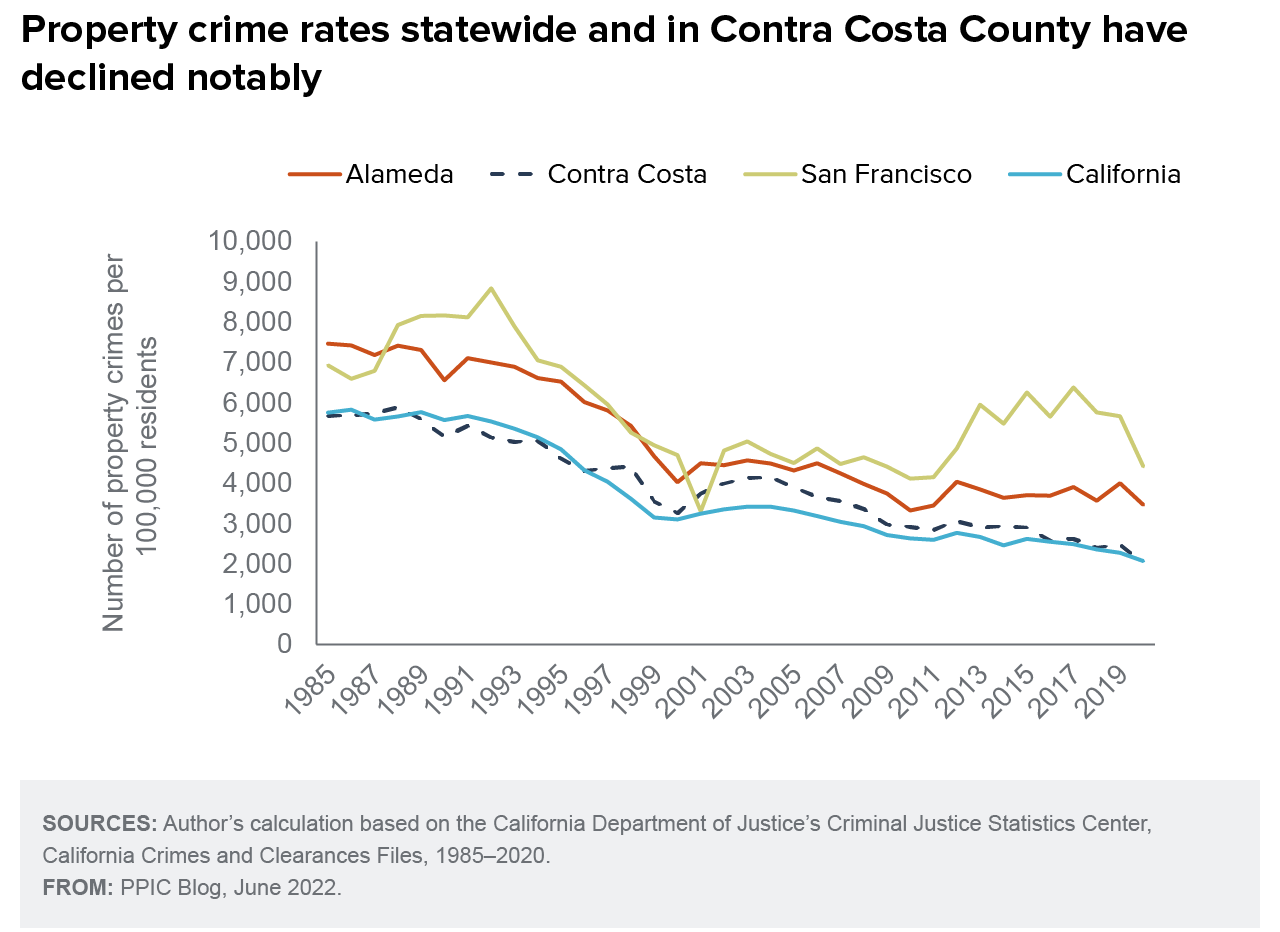
And while retail theft has received significant attention in the media, the crime data does not show evidence of a broad increase; the reported number of shoplifting and commercial burglary incidents in 2020 in Contra Costa, as well as statewide, were the lowest since 1985. San Francisco, however, did experience an increase in 2020 that continued in 2021. A caveat to these numbers is a possibility of under-reporting, and it may be that retailers are increasingly less likely to report incidents of retail thefts.
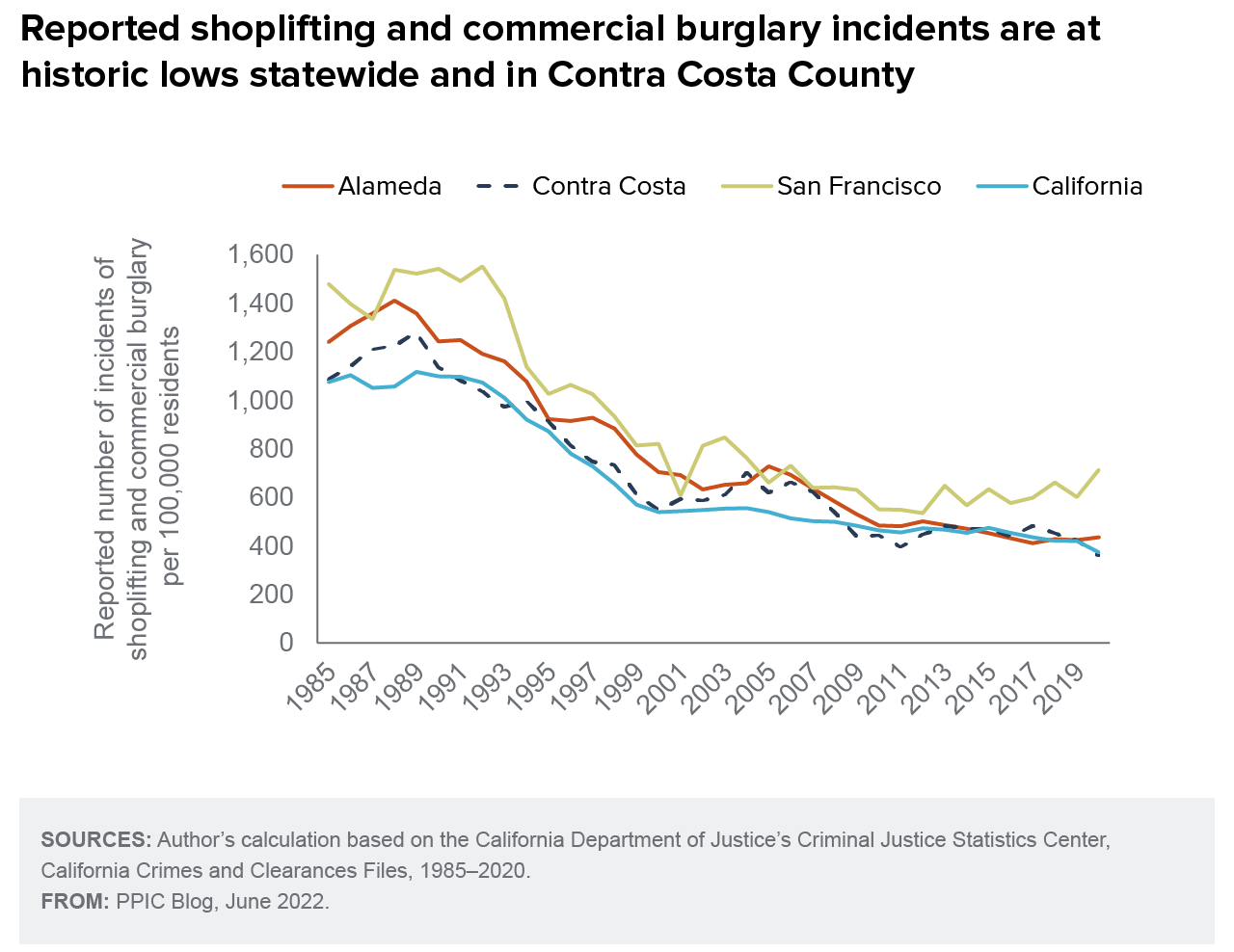
While these are mostly encouraging numbers, they hide troubling increases in some crime, especially in gun-related homicides and aggravated assaults. In 2020, California saw a jump of more than 500 homicides, the largest jump in state history since record-keeping began in 1960. The 2020 increase of 460 gun-related homicides represents more than 90% of the overall increase in homicides. The state also experienced a 39% rise in aggravated assaults involving a firearm. And while Contra Costa was one of only two of the 15 largest counties in California to see a decrease in homicides in 2020, the county did experience a more than 50% increase in assaults involving a firearm. Auto theft has also been on the increase, up by 18% in 2020 statewide and 11% in Contra Costa.
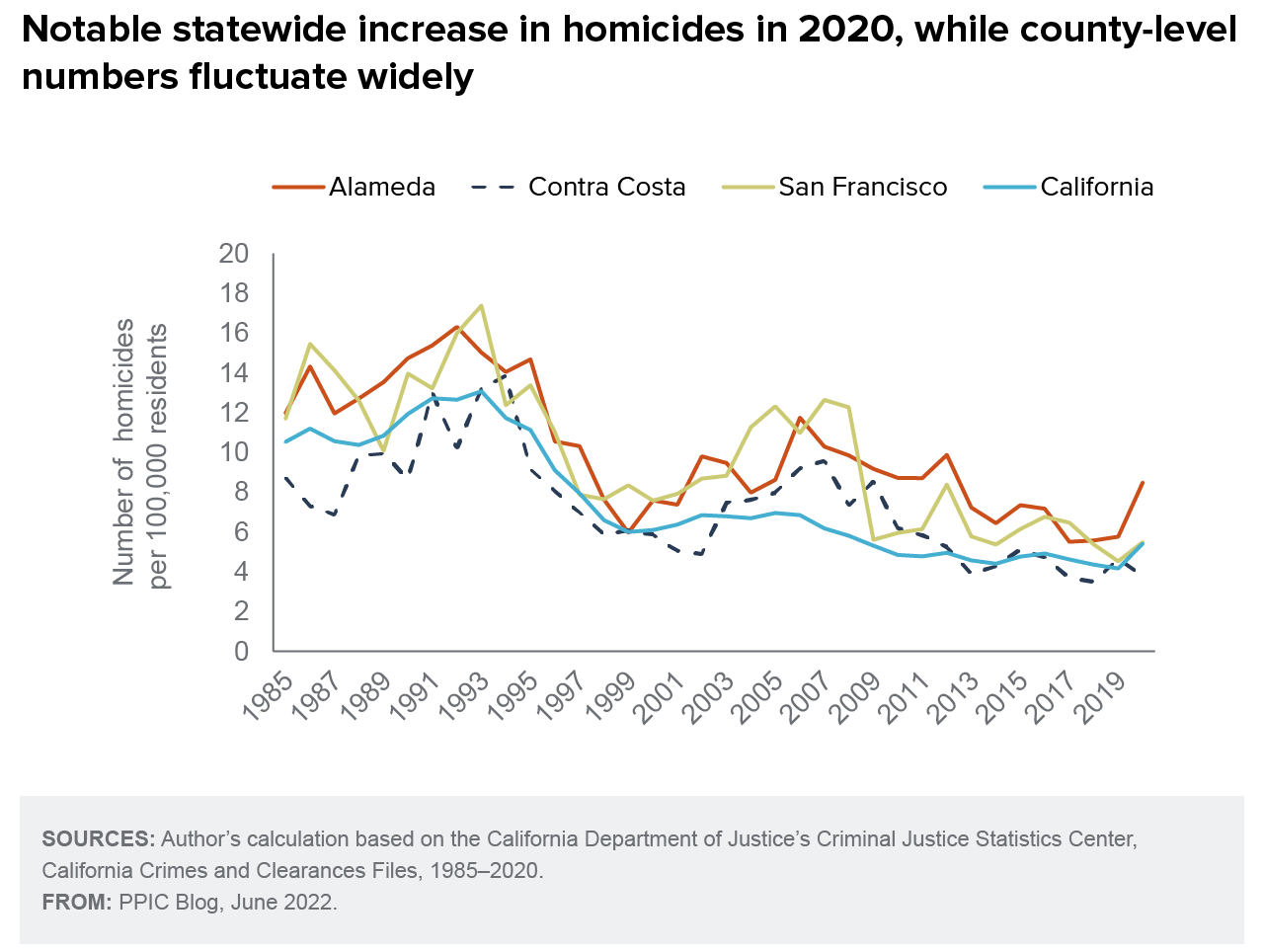
It is unclear what specific factors are behind these disturbing increases but they are not unique to California. Exceptional pandemic conditions along with economic hardship, civil unrest, changes in policing, a turbulent election year, and escalating gun sales (including a record-setting year for handguns sold in California) all may have contributed. What is clear is that the victims of increased violent crime are primarily people of color, who represent more than 90% of the rise in homicide victims, and that the jump is concentrated in homicides that took place outdoors—on our streets and in parking lots, parks, and vehicles.
A key step in reversing these trends is to determine underlying causes. So far the data, and the recent tragic mass shootings, stress the need for further evaluation of how guns factor into violent crime, as well as the role race/ethnicity of victims and the effects of location. Lastly, recent data shows some limited evidence that homicides and aggravated assaults started to decrease in July 2021, providing hope that the broad troubling trend may be ending, or at least easing off.
Topics
crime Criminal Justice guns jails prisonsLearn More

Commentary: What Do We Need to Learn about Preventing Mass Shootings?
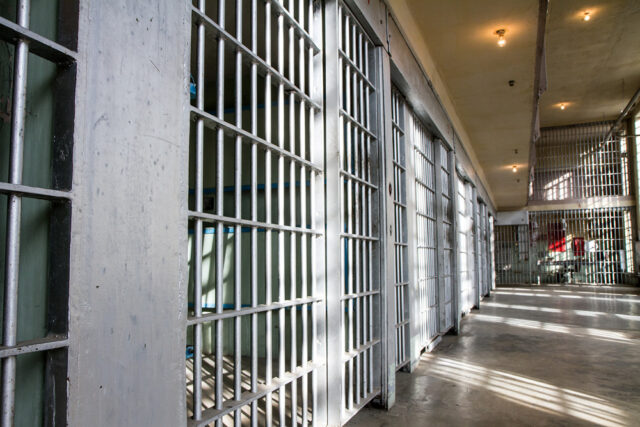
Crime Trends in California

Mass Shootings in California

Solid Majorities of Californians View Crime as a Problem

Two Years of Wide Variation in Crime Trends

